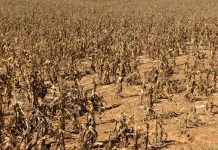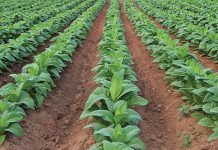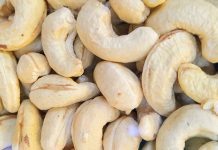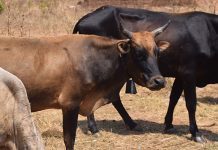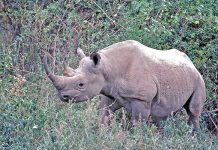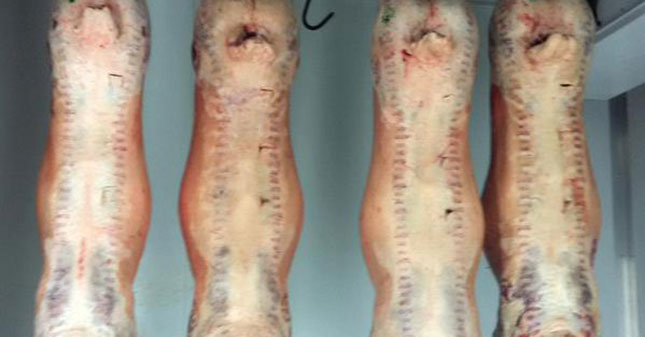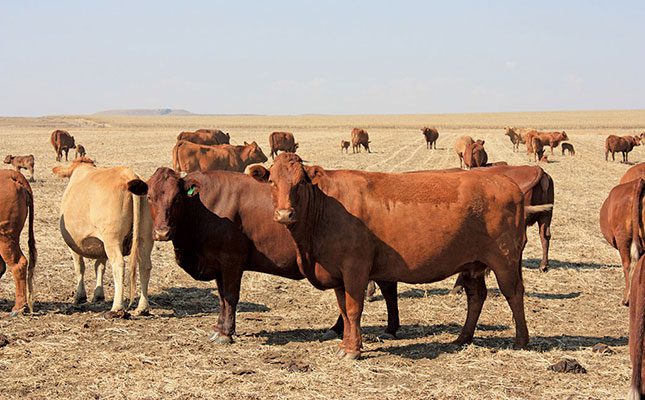
The Meat Board said in the statement that the UAE had emerged as a market for the exportation of red meat. The UAE previously imported about 80% of its meat from Sudan, but the turbulence in that country had made further imports highly problematic. This created an ideal opportunity for Namibia to access that specific market.
During the exploratory mission, the significance of halaal certification for exporting meat to Muslim-dominated countries like the UAE and Qatar was emphasised. Halaal certification ensured that meat processing procedures adhered to Islamic dietary laws to make it acceptable for Muslims to consume.
The Halaal Trade and Marketing Centre urged Namibia to speed up the certification process to meet the preferences and requirements of the UAE and Qatari markets.
According to Thinus Pretorius, chairperson of Namibia’s Livestock Producers’ Organisation, the exports to those countries specifically targeted producers in the Northern Communal Area (NCA). The communal farmers in the NCA ran a collective herd estimated at between 1,2 million and 1,4 million cattle.
Namibia was a net exporter of red meat and already exported to, among others, the US, China and Norway, but these cattle and sheep were produced south of the Veterinary Cordon Fence.
The first consignment to the Middle East from the NCA was, at the time of going to print, already on its way.
“These exports would obviously add markedly to our country’s economy and the sustainability and profitability of red meat production in the communal areas. It would play an immense role in the growth of local economies,” Pretorius told Farmer’s Weekly.
The NCAs cover parts of the Kunene, Omusati, Oshana, Ohangwena, Oshikoto, Kavango West, Kavango East and Zambezi regions. According to a factsheet published by the Namibia University of Science and Technology, communal land was one of the land tenure systems in Namibia, the other being the freehold land tenure system.
At independence in 1990, Namibia resolved to retain communal land on the basis that the majority of the population derived their livelihoods from it. The majority of the Namibian population still lived in communal areas.


